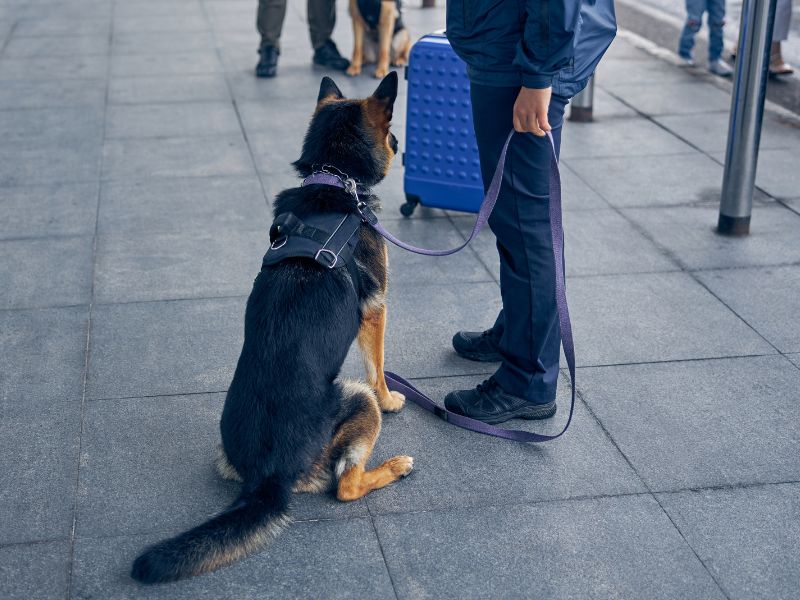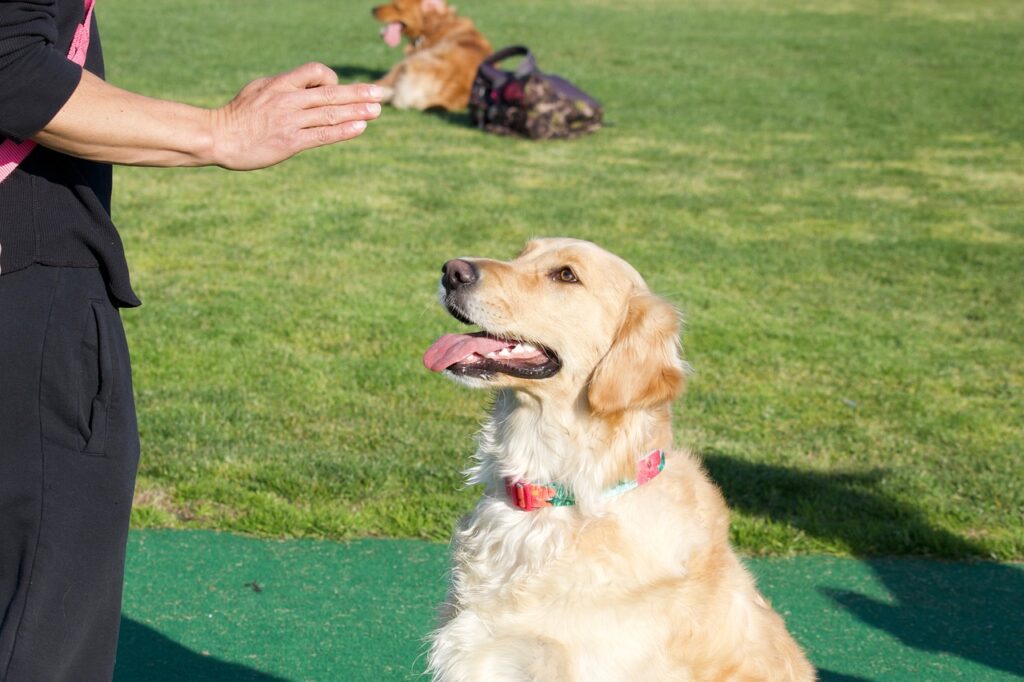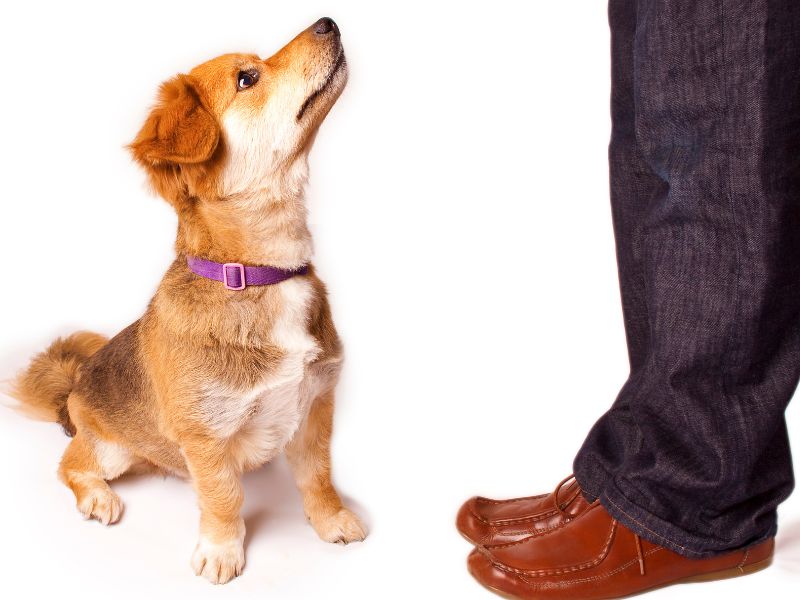Dogs are one of the most loving and loyal companions one can have. They have been man’s best friend for centuries and have proven themselves to be incredibly intelligent creatures. However, training your dog can be a daunting task, especially if you are new to dog ownership. One of the most important commands you can teach your dog is “sit.” Not only is this command essential for your pup’s safety, but it is also a great foundation for further training. In this article, we will explore some proven techniques and tips to help you train your dog to sit.
The Importance of Teaching Your Dog to Sit
Teaching your dog to sit is one of the fundamental commands that all dogs should learn. This command is essential for your dog’s safety, as it can prevent them from running into dangerous situations. For example, if your dog is about to cross the road, you can use the “sit” command to stop them in their tracks. Moreover, teaching your dog to sit can help you establish dominance over your pet in a positive way. This will help your dog respect you as their leader, which is crucial for their overall behavior.
Another important reason to teach your dog to sit is that it is an excellent foundation for further training. Once your dog has mastered the “sit” command, you can teach them other commands such as “stay” or “come.” This will make your training sessions more productive and help your dog learn faster.
Understanding Your Dog’s Behavior
Before you start training your dog to sit, it is essential to understand their behavior. Dogs are incredibly intuitive creatures and can sense your emotions and body language. Therefore, it is crucial to remain calm and patient when training your dog. If you are frustrated or angry, your dog will pick up on this and become anxious, which can hinder their ability to learn.
It is also important to understand that each dog is unique and may respond differently to training techniques. Some dogs may be more motivated by treats, while others may respond better to verbal praise. Therefore, it is essential to pay attention to your dog’s behavior and adjust your training techniques accordingly.

Positive Reinforcement Training
Positive reinforcement training is one of the most effective ways to train your dog to sit. This training technique involves rewarding your dog for good behavior, which encourages them to repeat the behavior in the future. Positive reinforcement training is a humane and effective way to teach your dog new commands.
To use positive reinforcement training to teach your dog to sit, you will need some treats. Start by holding a treat in front of your dog’s nose, and then slowly move the treat upwards. As you move the treat upwards, your dog’s head should follow, which will cause them to sit naturally. Once your dog is in the sitting position, give them the treat and praise them with verbal cues such as “good boy/girl.”
Repeat this process several times a day, gradually reducing the amount of treats you give your dog. Over time, your dog will associate the “sit” command with the act of sitting and will be able to do it without the treat.
Step-by-Step Guide to Teaching Your Dog to Sit
Now that you understand the importance of teaching your dog to sit and the positive reinforcement training technique let’s dive into a step-by-step guide to teach your dog to sit.
Step 1: Begin by standing in front of your dog with a treat in your hand.
Step 2: Hold the treat in front of your dog’s nose and slowly move it upwards.
Step 3: As you move the treat upwards, your dog’s head should follow, which will cause them to sit naturally.
Step 4: Once your dog is in the sitting position, give them the treat and praise them with verbal cues such as “good boy/girl.”
Step 5: Repeat this process several times a day, gradually reducing the amount of treats you give your dog.
Step 6: Over time, your dog will associate the “sit” command with the act of sitting and will be able to do it without the treat.
It is important to be consistent with your training and practice this command regularly. Only when your dog has mastered the “sit” command, move on to other commands.

Common Mistakes to Avoid While Training
While training your dog, there are several common mistakes that you should avoid. One of the biggest mistakes is punishing your dog for bad behavior. Punishment can be counterproductive and can cause your dog to become anxious and fearful. Instead of punishing your dog, focus on rewarding good behavior.
Another mistake is being inconsistent with your training. Dogs thrive on structure and routine and can become confused if you are inconsistent with your training. Therefore, it is essential to establish a regular training schedule and stick to it.
Finally, avoid training your dog when they are tired or distracted. Dogs need to be in the right mental and physical state to learn, so it is important to choose the right time for your training sessions.
Troubleshooting Tips for Difficult Cases
Sometimes, despite your best efforts, your dog may struggle to learn the “sit” command. In such cases, it is important to stay patient and persistent. Start by breaking down the command into smaller steps and focusing on those. For example, you can begin by getting your dog to touch their nose to your hand and then gradually move onto the full “sit” command.
If your dog is still struggling, try changing your training techniques. Some dogs may respond better to clicker training, while others may prefer hand signals. Experiment with different techniques until you find what works best for your dog.
Incorporating Sit Training into Daily Routines
To help your dog learn faster, it is essential to incorporate sit training into your daily routines. For example, you can ask your dog to sit before mealtime or before going for a walk. This will help your dog associate the “sit” command with positive experiences, making it easier for them to learn.
Additionally, you can use the “sit” command to calm your dog down in stressful situations. If your dog is feeling anxious, you can ask them to sit, which will help them relax and focus on you.

See Also: Unlock the Secrets to Perfect Puppy Training: What Age is Best?
And: Are Dog Shock Collars Cruel?
Advanced Training Techniques for Sit
Once your dog has mastered the “sit” command, you can move onto more advanced training techniques. For example, you can teach your dog to sit and stay for extended periods. This will help your dog develop better impulse control and will make them more obedient.
Another advanced technique is to teach your dog to sit and wait for permission before engaging in certain behaviors. For example, you can teach your dog to sit and wait for permission before going through a door or jumping on the couch.
When to Seek Professional Help
If you have tried all the techniques mentioned above and your dog is still struggling to learn the “sit” command, it may be time to seek professional help. A professional dog trainer can evaluate your dog’s behavior and provide customized training solutions that are tailored to your pet’s needs.
Conclusion
Teaching your dog to sit is one of the most fundamental commands you can teach your furry friend. It is essential for your dog’s safety and is an excellent foundation for further training. By using positive reinforcement training techniques and being patient and persistent, you can teach your dog to sit in no time. Remember to avoid common mistakes, incorporate sit training into your daily routines, and seek professional help if needed. With the right training and guidance, you and your furry friend can enjoy a happy and healthy relationship for years to come!

